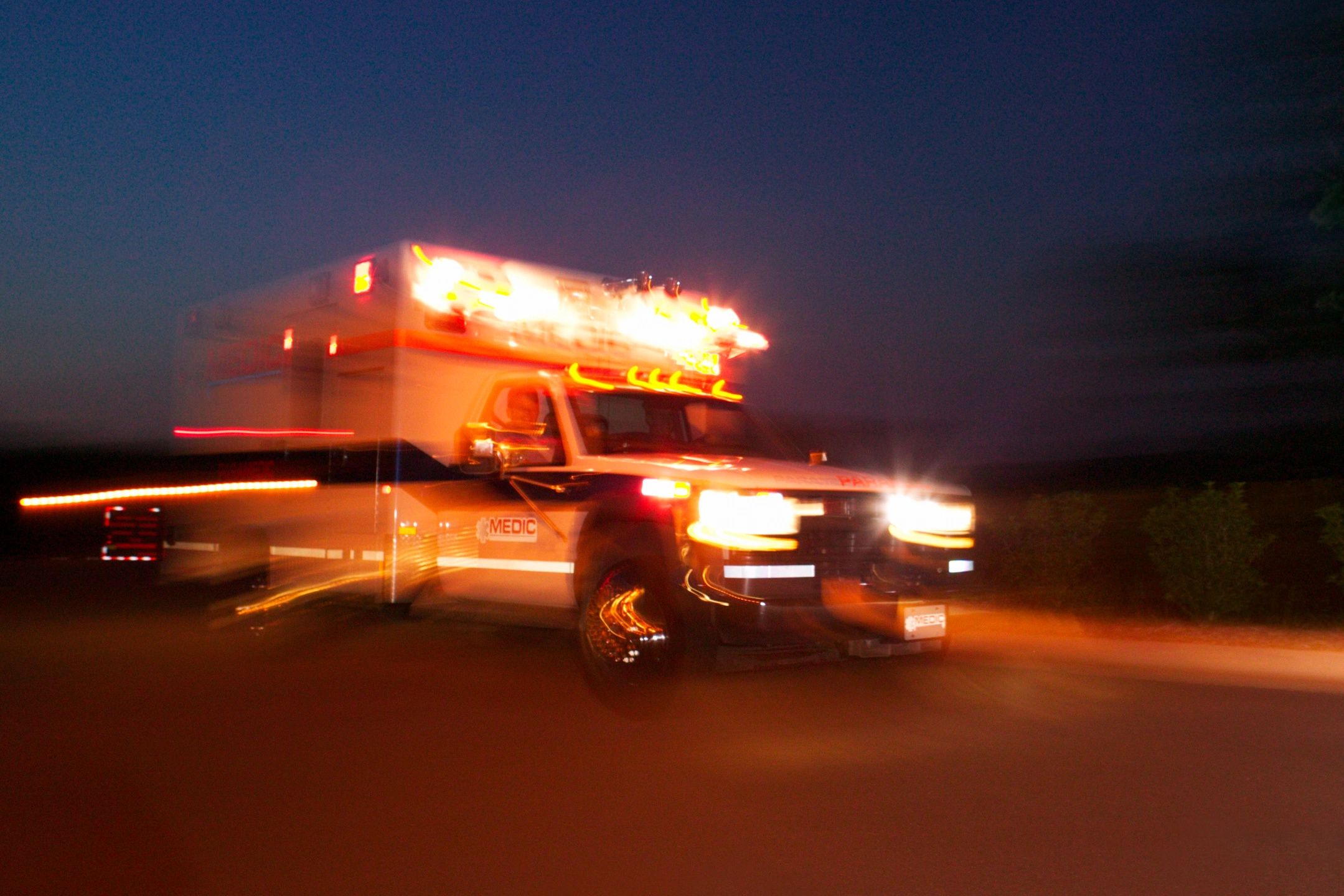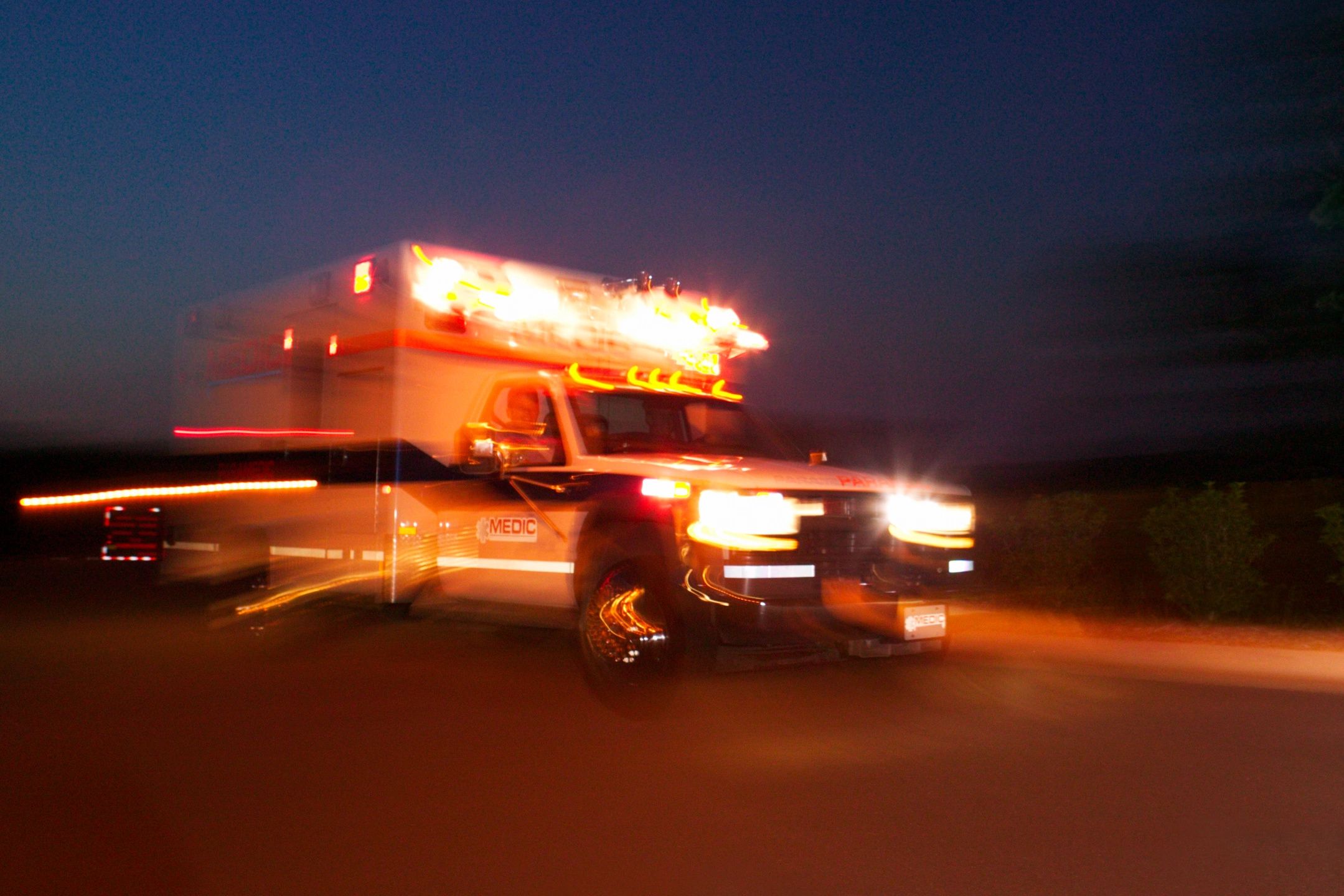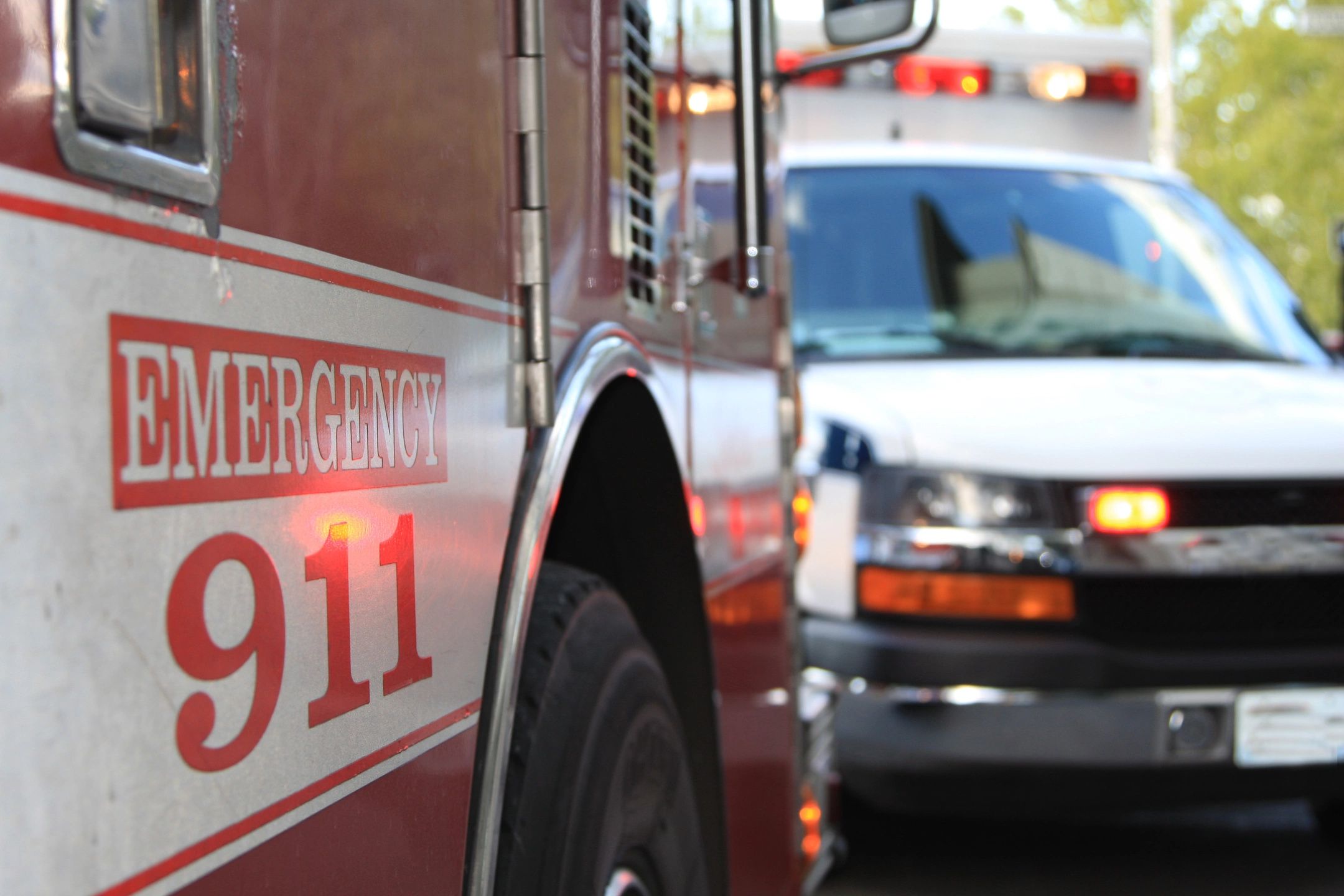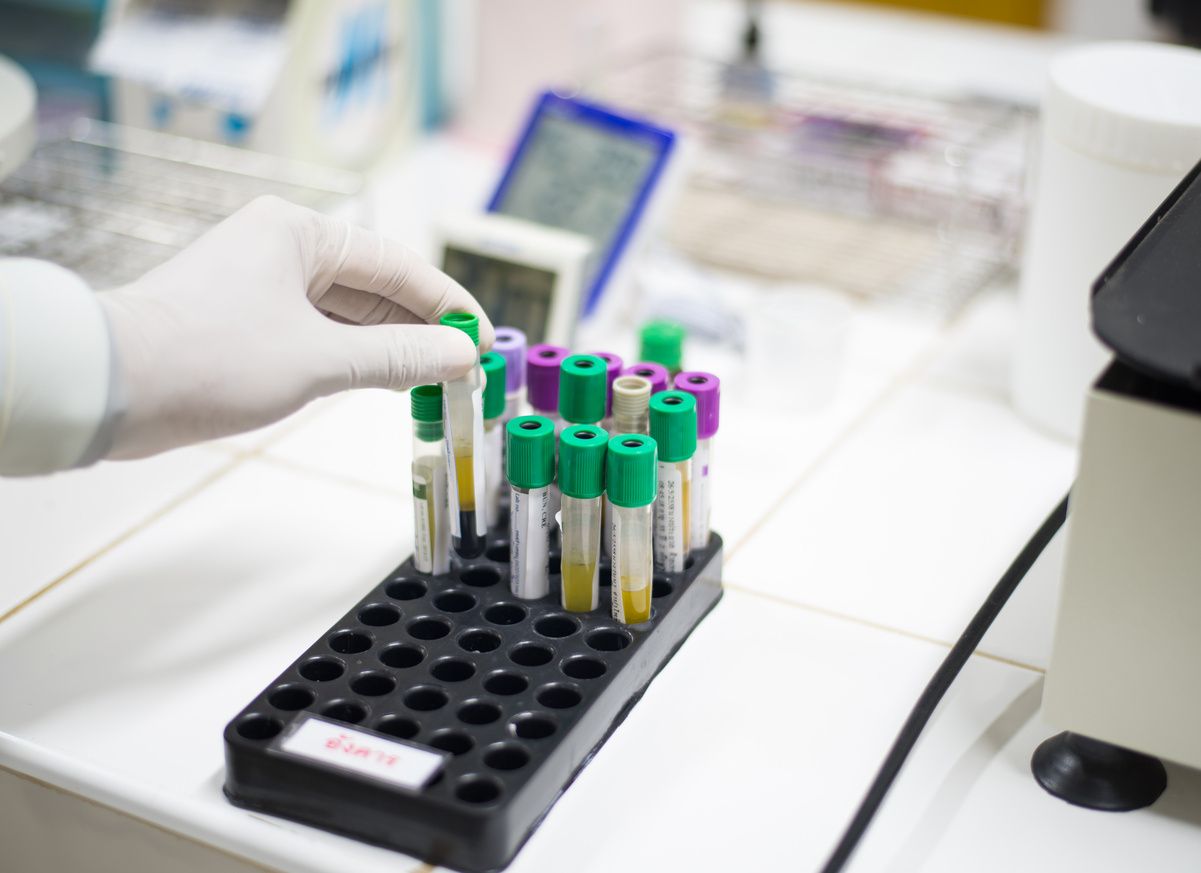-
West Coast Health Alliance, WA DOH, and Leading National Medical Organizations Continue to Recommend Hepatitis B Vaccination for Newborns
WCHA disagrees with CDC’s Advisory Committee’s change to decades-long vaccine recommendation that has reduced pediatric hepatitis B infections by 99 percent. The West Coast Health Alliance (WCHA) strongly supports that hepatitis B vaccination continue to be routinely offered to all newborns, with the first dose of the vaccine given within 24 hours of birth for…
-
-
Flu Symptoms Checklist
Should my child stay home from school? ☐ Yes ☐ No Does your child have a sore throat, bad cough or runny nose? ☐ Yes ☐ No Does your child have body aches and chills? ☐ Yes ☐ No Does your child have a fever of 100°F or higher? If no thermometer, does your…
-
School Opiate Overdose Resources
Schools can prepare for opiate overdose. About 2,500 Washington State 12th graders had tried heroin at least once and even more (about 3,500 ) use pain killers to get high in any given month. Almost one in 10 teens believe prescription drug misuse carries little to no risk. –2018 Health Youth Survey If a student…
-
Opiate Overdose Resources
Schools can prepare for opiate overdose. “In 2016, about 3,621 Washington State 12th graders had tried heroin at least once and even more (about 4,526) use pain killers to get high in any given month.” If a student overdoses, a medication called naloxone could save their life. To prevent and prepare for opiate overdose, schools…
-
Provider Training Opportunities
These webinars include information for healthcare providers on HPV vaccination. Details and registration are available below. Getting Parents to “Yes!” One-hour recorded webinar by #PreteenVaxScene Webinar #11 NIAM Edition: Vaccine Conversations That Work for Providers & Parents Dr. Sharon Humiston, Academic Pediatric Associations; Dr. Nathan Boonstra, pediatrician; Dr. Margot Savoy, family physician You Are the…
-
Fentanyl Safety Recommendations for First Responders
You can protect yourself from fentanyl exposure. The abuse of drugs containing fentanyl is killing Americans. First responders are likely to encounter fentanyl when responding to overdose calls, conducting traffic stops, arrests and searches. Inhalation of airborne powder is harmful. Wear gloves when you suspect the presence of fentanyl. Print Standard Size Print Poster
-
Health Advisory: Hepatitis A Outbreaks Among Homeless in California
Actions Requested Have increased suspicion for acute hepatitis A among people with acute onset of jaundice, markedly elevated liver function tests and other symptoms of acute viral hepatitis. Especially in those who are homeless and/or using drugs. Perform serologic testing on suspect cases: hepatitis A IgM or acute hepatitis panel. Provide hepatitis A vaccine to…
-
Cryptococcus gattii
What is it? C. gattii is a fungus closely related to C. neoformans that can infect the pulmonary and central nervous systems of both animals and humans. Until recently, C. gattii was only found in certain subtropical and tropical environments. In 1999 it emerged on Vancouver Island, British Columbia (BC), Canada. Between 1999 and 2006,…
-
Travel-Associated Illness
Ask About Travel Outbreaks of Ebola virus disease and Middle East Respiratory Virus in 2014 and 2015 have increased awareness of the importance of asking patients about travel. Asking about travel has always been important when evaluating patients who present with possible infectious diseases. Many diseases, including measles, hepatitis A, typhoid fever and many types…
-
Free Immunization E-Course
There Never Was an Age of Reason: Vaccines, Vaccine Hesitancy and Vaccine Decision Making This e-course offers continuing education credits, is hosted by WithinReach and funded by Kaiser WA. Click here to register Objectives Describe the impact of modern vaccines on individual & public health. Identify factors other than hesitancy that contribute to under-immunization. Discuss…
-
Health Advisory: Increase in Gonorrhea
Actions Requested Be aware that gonorrhea is increasing, especially among people age 20 to 29. Take a sexual history and screen for gonorrhea and other STDs in all sexually active people, especially those at increased risk. Perform routine gonorrhea and chlamydia screening for all sexually active women under age 25, including screening multiple sites (cervix,…
-
MERS-CoV
In September 2012, the Saudi Arabia Ministry of Health announced a new form of coronavirus, since named Middle East Respiratory Syndrome Coronavirus (MERS-CoV). So far all cases have been linked (by residence or travel) to countries in or near the Arabian Peninsula: Bahrain; Iraq; Iran; Israel, the West Bank and Gaza; Jordan; Kuwait; Lebanon; Oman;…













